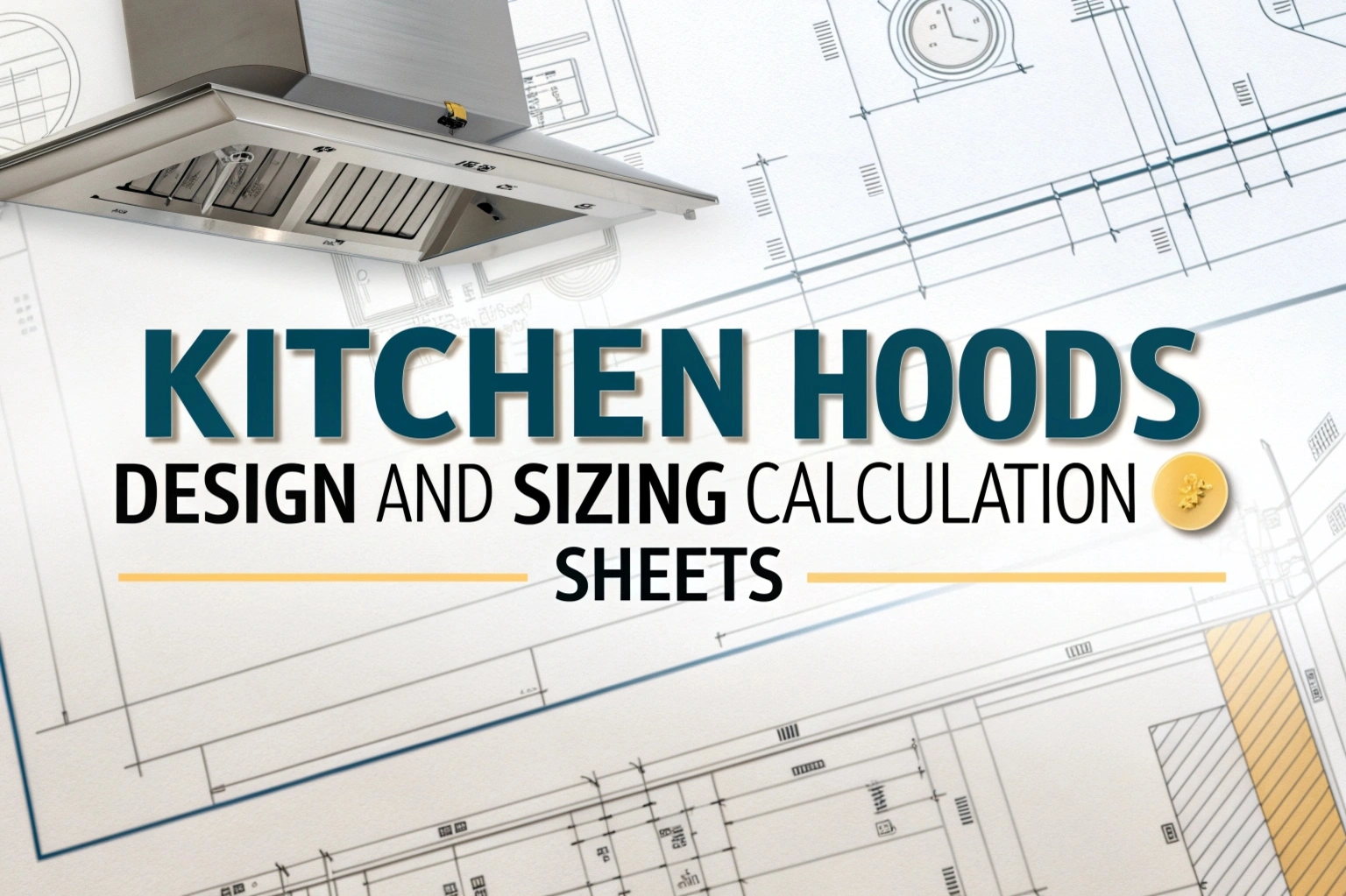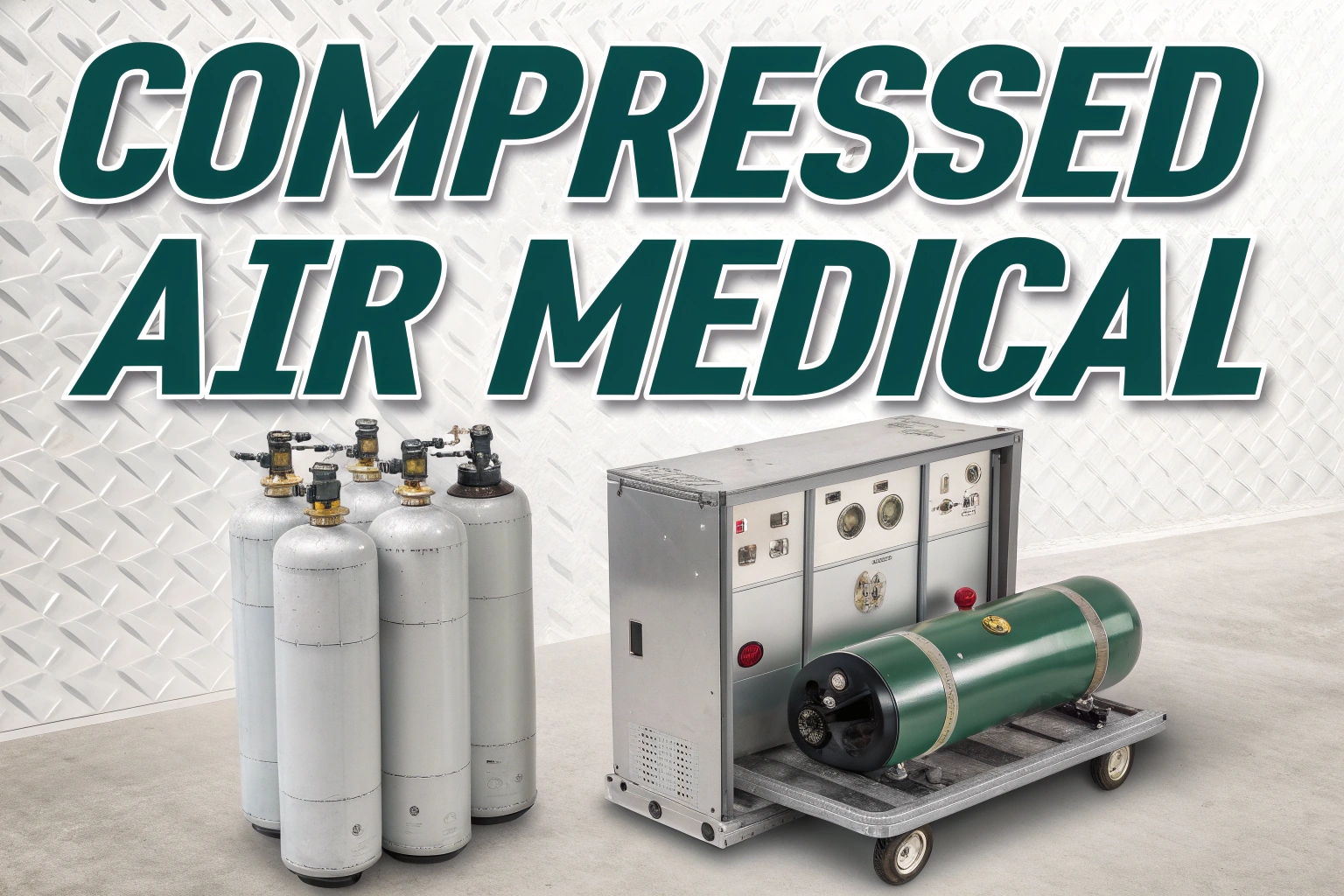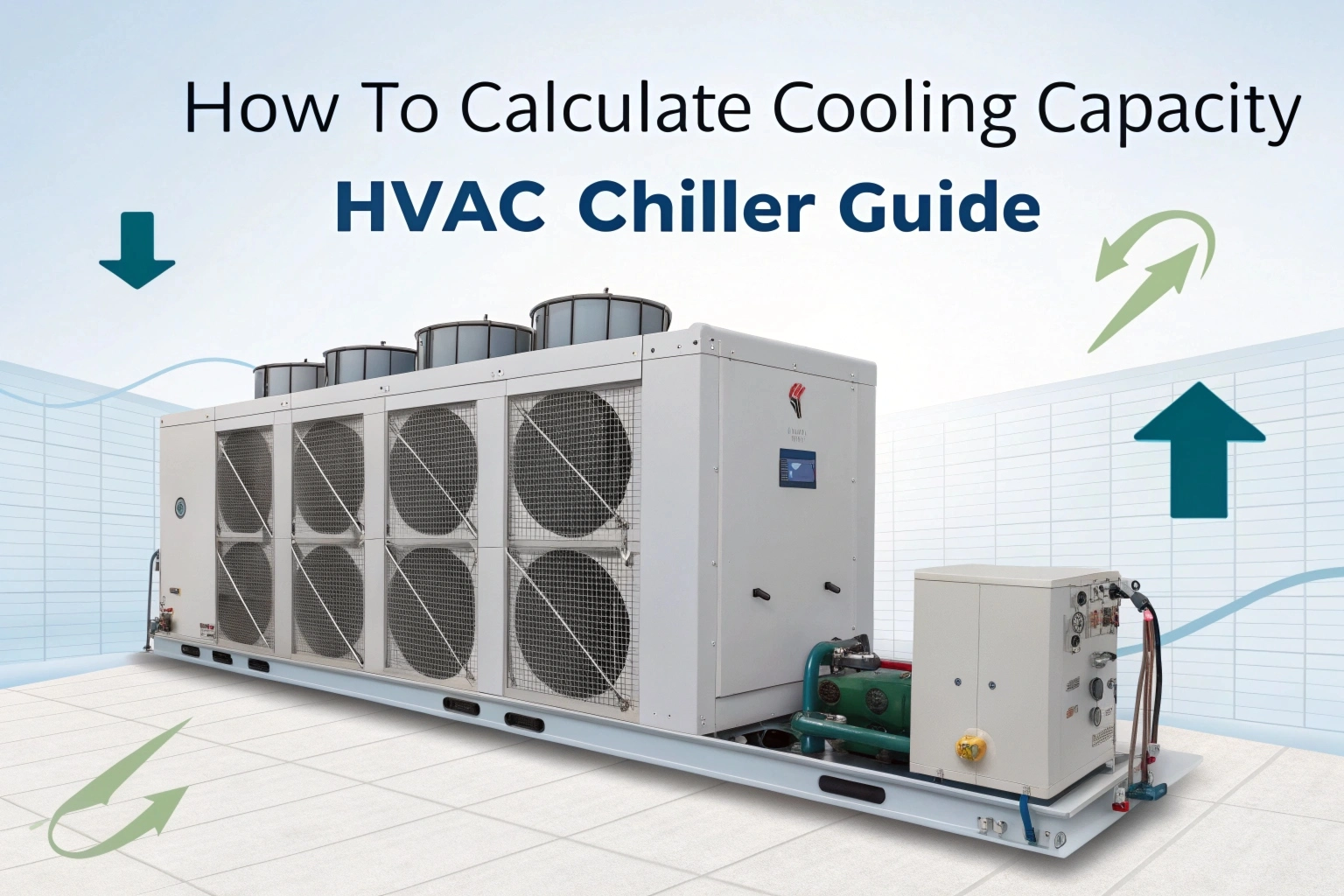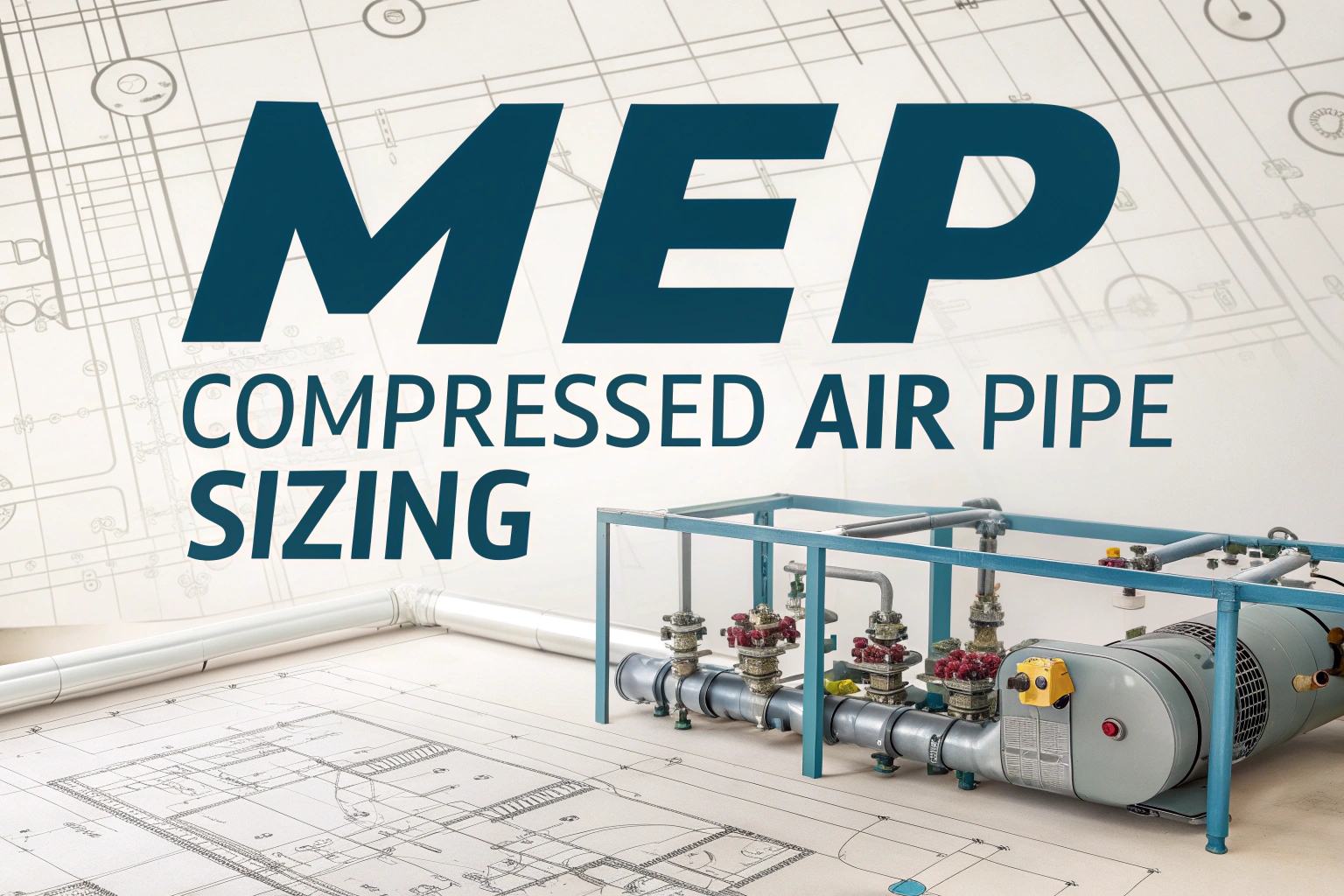Kitchen hood is technique which is used to by peoples to remove grees and smoke from kitchens. they obtains good air using multiple techniques one of the most common technique is ventilation , Air suction and filtration. they Use their kitchen hood to make kitchens safe on the places like homes, restaurants etc. this is completely necessary all over the world and still its very important.
Key Design Elements of Kitchen Hoods
-
Airflow Calculation (CFM – Cubic Feet per Minute):
-
Residential Cooktops: 100–400 CFM
-
Commercial Kitchens: 1500–3000+ CFM
-
Basic formula:
CFM = BTU/hr (of equipment) /
-
-
Hood Type & Capture Efficiency:
-
Wall-mounted: ~70% efficiency
-
Island hood: 85–90% efficiency
-
Canopy hoods (for commercial): Large capture area, high airflow needs
-
-
Hood Dimensions:
-
Should extend 6–12 inches beyond cooktop edges
-
Hood Depth = cooking surface depth + front/rear overhang
-
Hood Width = should at least match the cooktop width
-
-
Duct Design:
-
Minimize bends; use straight runs
-
Recommended velocity: 1500–2000 FPM
-
Duct area formula:
-
-
Make-up Air:
-
For hoods ≥ 400 CFM, makeup air systems are required to replace exhausted air
-
Consider integrating HVAC ducting and inline fans
-
-
Noise & Comfort:
-
Use acoustic insulation in ducts
-
Avoid excessive fan noise or thermal discomfort near the cooking area
-
-
Fire Safety:
-
Follow NFPA 96 for commercial kitchen hood exhaust systems
-
Consider adding a fire suppression system (wet chemical or nozzle-based)
-











